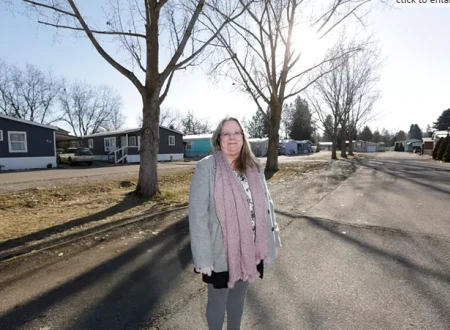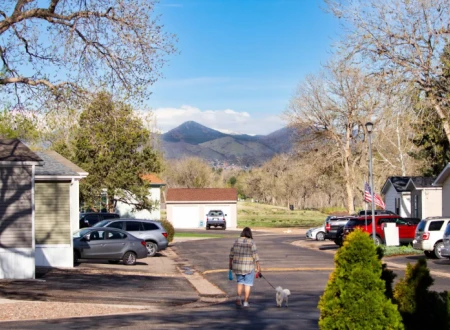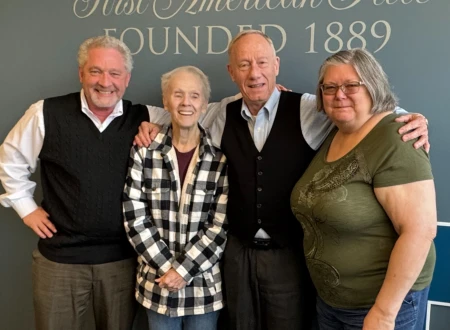CONCORD, N.H. – Resident Owned Communities were highlighted as a sector-specific strategy scaling the cooperative economy in Courtney Berner’s article Where are New Co-ops Emerging? The Changing Map of Co-op Development for NPQ.
“ROC USA—the ‘ROC’ stands for resident-owned communities—is another example of an organization that has successfully developed cooperatives in a specific sector: manufactured (“mobile”) home communities,” writes Berner.
“In New Hampshire and Vermont alone, approximately 39 new housing cooperatives were formed in the past decade. Today, the network represents nearly 300 co-ops and 20,000 member-owners in 21 states, in the past three years, the network has developed 20 new co-ops a year.”
Berner’s article provides a history of the cooperative space, noting that financial cooperatives remain the largest sector of cooperatives, but highlights the emerging trends of the 945 cooperatives that were formed between 2011 and 2019 that were studied in a report titled Collective Action in Rural Communities written by the University of Wisconsin Center for Cooperatives.
Included in those trends is a growth in work co-ops as well as sector-specific strategies, like resident-owned communities and food retail co-ops backed by Food Co-op Initiative.
Berner concludes by focusing on the next wave of cooperative development, emphasizing that “once established, cooperatives last longer than other forms of business and are more resilient during times of crisis. Many of the cooperatives established during earlier waves of cooperative development are still serving their members decades later—as of 2020, 76.5 percent of all agricultural cooperatives were more than 50 years old, and 17.5 percent were more than 100 years of age.”










